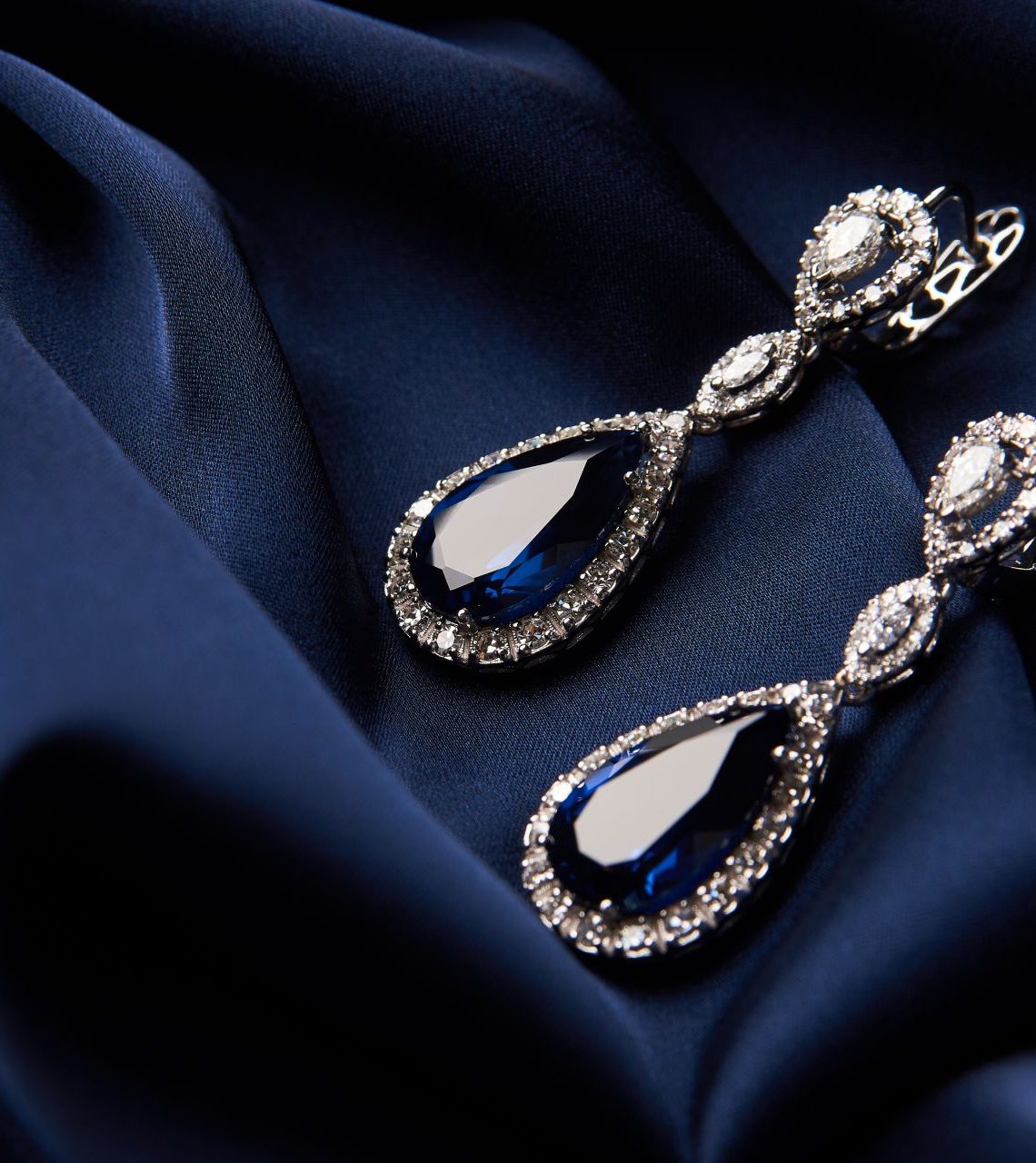According to an FBI assessment, over $1.7 billion worth of jewelry pieces are stolen annually. Use these tips to keep your jewelry safe in any situation.
While at home: It is best to store jewelry in a bolted down safe and only remove it just before putting it on. For high-valued collections, an Underwriters Laboratory-listed safe that is rated to withstand a two-hour burn is optimal. All safes should be placed in a location other than the master bedroom, as that is the first place thieves tend to hit.
If you employ private staff: Conduct background checks because many jewelry thefts are inside jobs.
While travelling: Jewelry should be worn or kept on your person in a padded jewelry portfolio. However, wearing jewelry in airports and on commercial aircraft increases the chance of loss and can compromise personal safety. Keep a list of the items you are carrying. Leave a copy at home or in a place separate from the jewelry. Lastly, store jewelry in the hotel safe or safe deposit box when it is not worn.
Residential safes: Those that meet certain criteria may make you eligible for a jewelry insurance premium credit.
Recommendations
Location of safe: Be strategic when deciding where to place your safe. While your bedroom and dressing room may be most convenient, they are primary locations hit by burglars. Once you’ve determined location, bolt your safe directly to your home’s structure.
Two is better than one: You may want to consider installing two safes; one for daily use, and a second, well-hidden safe for the bulk of your valuables.
Increase security: Connecting your safe’s door to your central-station alarm system will increase the security. Your safe can be zoned separately, allowing it to remain alarmed while other parts of the home are not.
Protection Defined
A safe’s Underwriter’s Laboratories (UL) rating makes a difference. UL, a consumer-product agency, rates safes for burglary and fire vulnerability by testing construction and performance against time, temperature, impact and explosion. Safes with a UL burglary rating of B5 TL-30, and a Class 350/2-hour fire rating are ideal for residential protection.
B-rated safes: Are most common for residences. They typically comprise a ¼-inch-thick steel body and a ½-inch-thick door with a locking device. Ratings range from B1 (minimum security with theft-resistant combination lock) to B6 (can withstand a torch, saw, drill, or other penetrating or impact equipment for 30 minutes).
Torch resistance: A “TR” designation rates a safe’s torch resistance in minutes, while a ”TL” designation rates tool resistance. A TL-15 safe can withstand an attack for 15 minutes (moderate protection). Please note, not all burglary safes provide fire protection.
Fire resistant: Fire-protective safes have double-hulled steel shells filled with insulation to preserve interior temperature. Performance ratings range from FR (fire resistant and insulated) to Class 350/2 hr.+ (protects contents over two hours with outside temp of 1,850°, and survives a 30-foot drop test).
Waterproof: While fire is not as common, water damage is one of the most frequent insurance claims. Select a waterproof safe. A basement flood, broken pipe or a firefighter’s hose could cause serious damage. However, if your safe is not watertight, store your valuable contents in dry-sealed containers.







